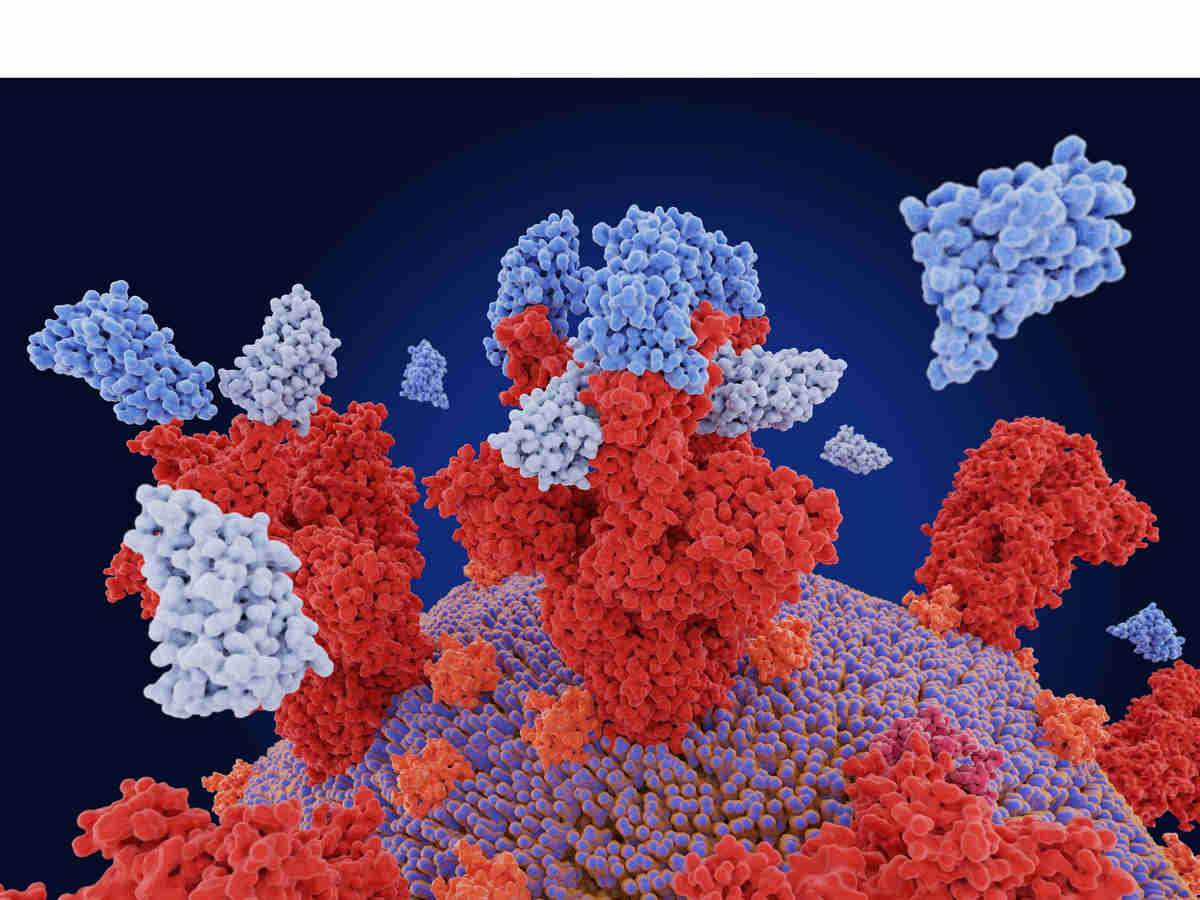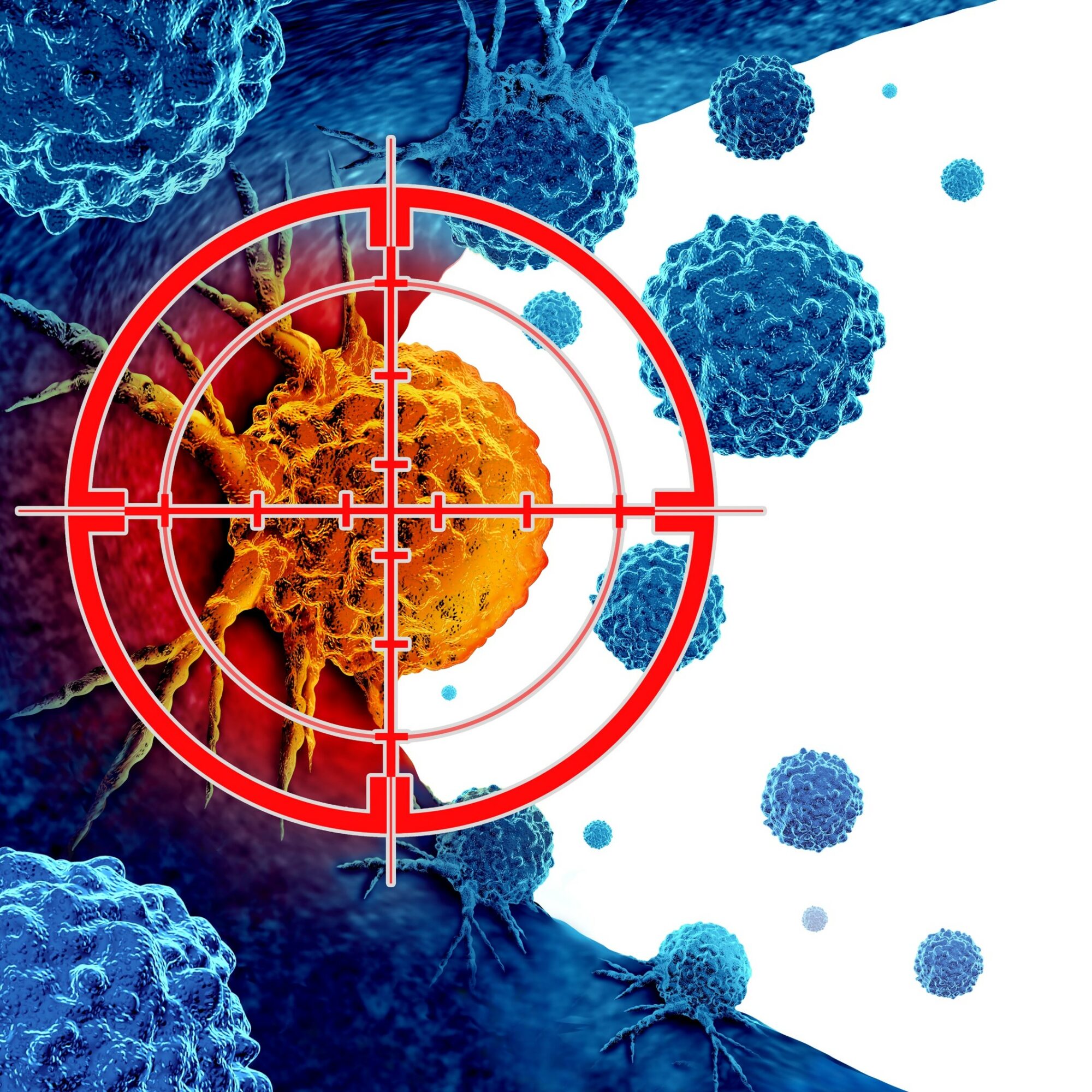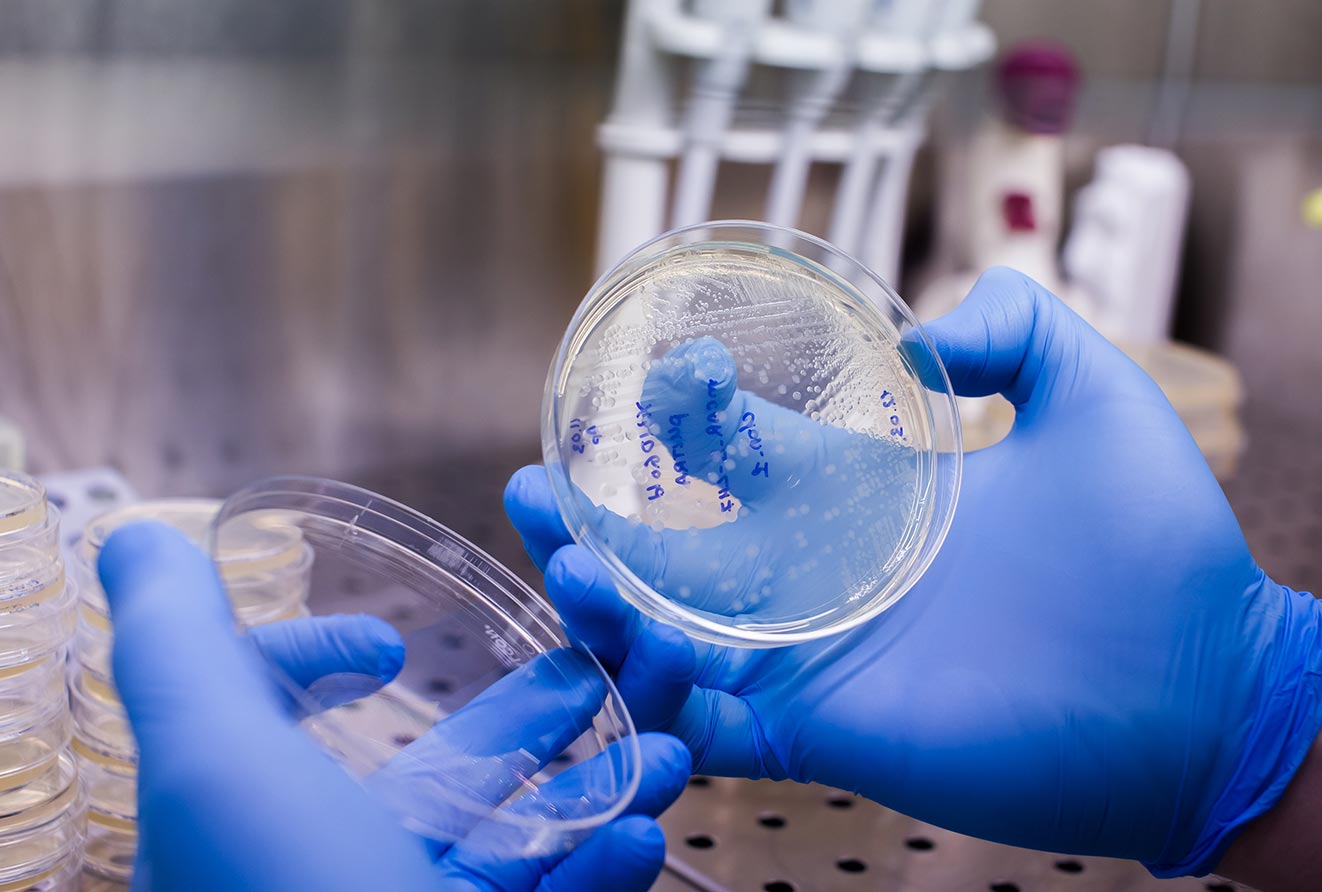What are nanobodies?
Nanobodies, also referred to as single domain antibodies, a groundbreaking discovery in the field of immunology, are single-domain antibody fragments derived from camelid heavy-chain antibodies. In 1989, Professor Raymond Hamers-Casterman of the Vrije Universiteit Brussel (VUB) discovered heavy-chain only antibodies in animals of the Camelidae family. These antibodies only have two heavy chains and lack both light chains and the CH1 domains (first constant Ig domain of the heavy chain). Then, the VUB researchers developed them into a technology known as ‘Nanobody’.
Nanobodies advantages over conventional antibodies
Nanobodies advantage n°1: reduced molecular weight
The absence of light chains and CH1 domains reduces the molecular weight of nanobodies to 15 kDa as compared to the 150 kDa of conventional antibodies such as monoclonal antibodies (mAb) or mAb fragments. The unique structure of nanobodies offer multiple advantages over conventional mAbs.
Nanobodies advantage n°2: high antigen-binding affinity
Nanobodies have paratopes that can attach to the concave areas of antigens that are typically unreachable for larger, conventional monoclonal antibodies (mAbs). Their small size does not hamper binding affinity and their strong antigen-binding affinity is comparable to mAbs.
Nanobodies advantage n°3: tissue penetration
The compact size of nanobodies enhances their ability to penetrate tissues, which allows for the development of nanobody-drug for tumors and overcomes the challenge that conventional antibody-drug cannot achieve.
Nanobodies advantage n°4: blood-brain barrier crossability
Nanobodies have demonstrated the ability to cross the blood-brain barrier naturally, artificially, and even under compromised conditions due to neurological disorders.
Nanobodies advantage n°5: robust stability
Beyond the benefits gained from their smaller size, nanobodies also exhibit a wide range of beneficial biochemical properties. For example, nanobodies exhibit remarkable stability when exposed to high temperatures for prolonged periods, strong resistance to wider pH ranges.
Nanobodies advantage n°6: simplified production
Nanobodies are comparably simpler to modify, produce, and purify, unlike mAbs requiring complex expression systems and purification steps.
To sum up, nanobodies possess the potential to overcome several of the limitations of conventional monoclonal antibodies. For many years, nanobodies have been of great interest in a wide variety of research fields, particularly in the diagnosis and therapy of diseases.
Nanobodies therapeutic applications in human and animal health
Nanobodies applications in human health
Three decades after the discovery of nanobodies, the great interest was translated into the world’s first Nb-based drug, Caplacizumab, in 2018, and more similar approvals came shortly after.
Caplacizumab was developed by Ablynx NV, now part of Sanofi, for the “treatment of adults experiencing an episode of acquired thrombotic thrombocytopenic purpura (aTTP), in conjunction with plasma exchange and immunosuppression”.
Apart from Sanofi, a long-standing player in the field of nanobodies, there are a few players dedicated in developing Nb-based therapeutics and some succeeded in bringing new drugs to patients. For example, Envafolimab developed by Alphamab Oncology (China), and it was approved for treating solid tumors and chronic hepatitis B in China and soft tissue sarcomas and biliary tract cancer in the USA. Another Nb-based drug, Ozoralizumab developed under license of Ablynx by Taisho Pharmaceuticals (Japan) also got the approval for treating rheumatoid arthritis in Japan in 2022.
Nanobodies applications in animal health
While many assets in the current pipelines are still at early-stage, the interest in the therapeutic potential of nanobodies does not fade. Researchers are trying to answer the question: can nanobodies possess the potential for treating animal diseases? Very few moves in the animal health industry showed that it is possible to expand nanobodies in animal health. For instance, Orthros Medical, a Dutch startup, focuses on Nb-based medicine for dogs with osteoarthritis. Animab, a spin-off from the VUB, plans to develop a new class of mAb designed on a proprietary platform based on nanobodies for the therapy of the widespread post-weaning diarrhea in piglets.
In a word, the field of nanobodies has grown greatly since their discovery over three decades ago. This growth is driven not only by their unique features and advantages over conventional antibodies but also by the therapeutic approvals for Nb-based treatments in the past years. However, the potential for Nb therapeutics against a wider range of human diseases as well as against animal diseases still requires much research and development. You are interested in exploring the potential of nanobodies in human health and animal health ? Alcimed can support you in your projects, do not hesitate to contact our team!
About the author,
Chaoyue, Consultant in Alcimed’s Healthcare team in France.



